

Matt Campbell
2025 Toyota Yaris Cross review
5 Days Ago
Micro cars had their best year since 2016 and almost every light car was up in 2021, interrupting a downward trajectory.

News Editor
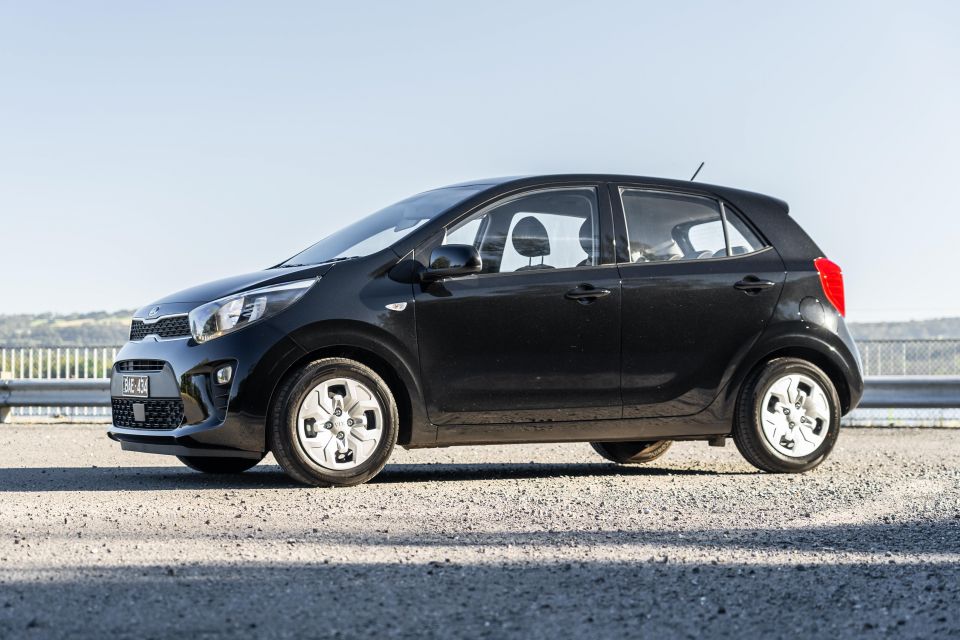

News Editor
Passenger cars’ share of the new car market reached its nadir in 2021, but the light and micro car segments managed to avoid going backwards.
The micro car segment – itself quite micro, with only three vehicles – soared 90.4 per cent to 9528 sales, making it essentially the only passenger car segment that’s been growing in an SUV-hungry market.
The ancient Fiat 500 was up 42.1 per cent to 739, the dominant Kia Picanto rose 69.4 per cent to 6591, and the dated Mitsubishi Mirage was up a whopping 270 per cent to 2198 sales.
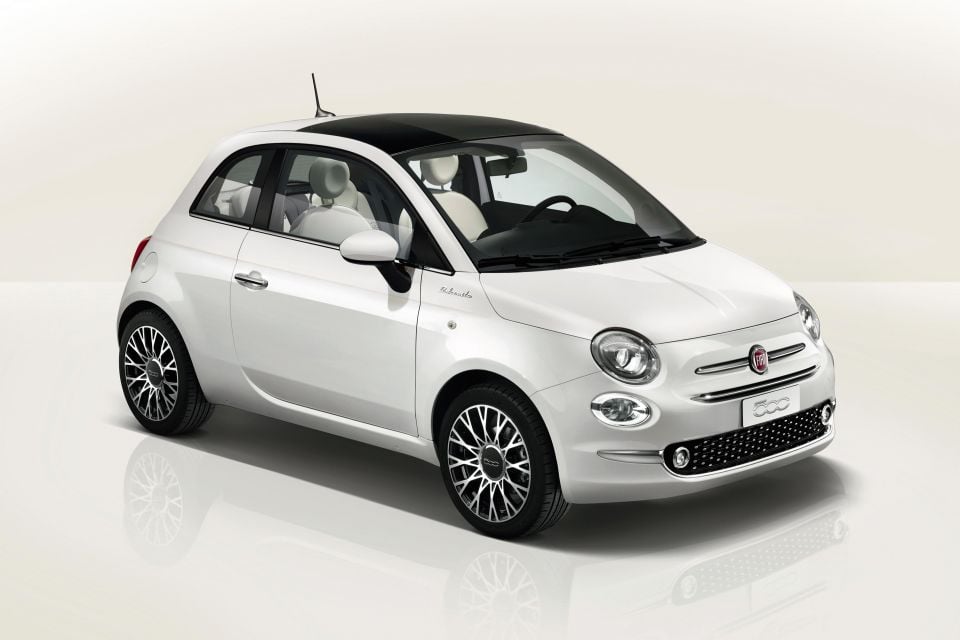
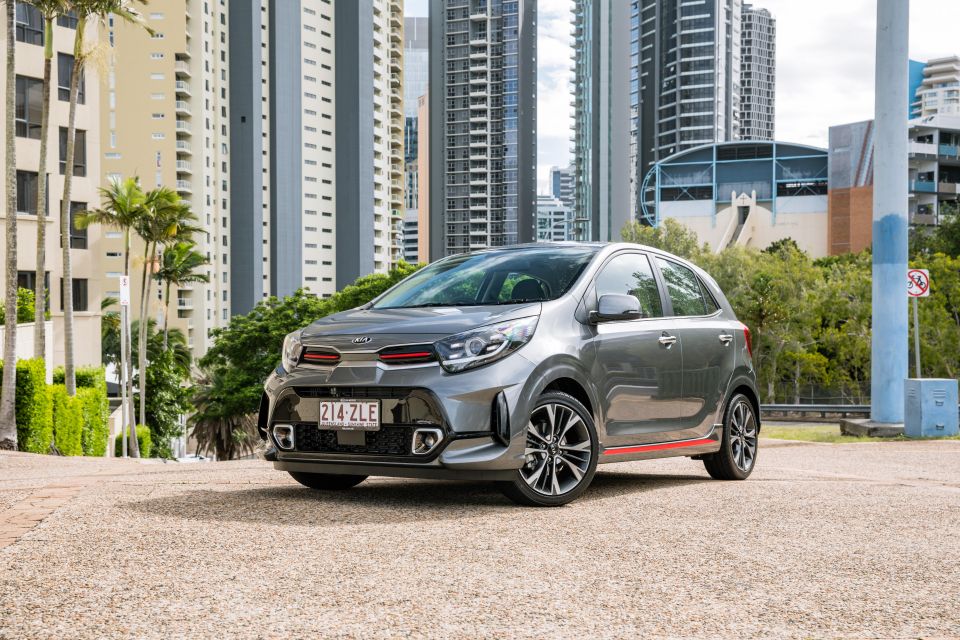
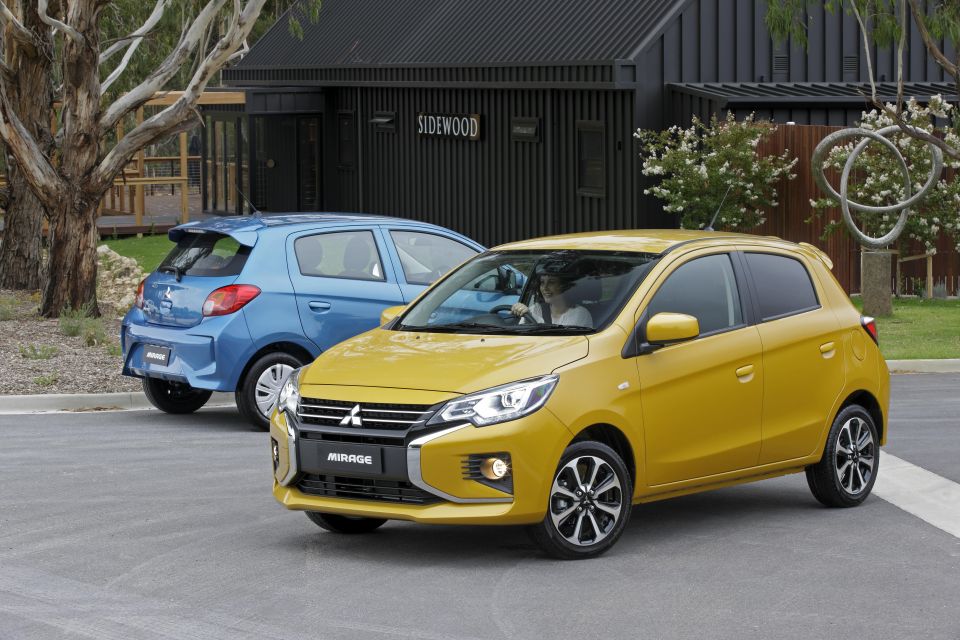
It was one last puff of steam for the Mirage, though, with Mitsubishi confirming late in 2021 it was axing the model due to the stricter ADR 85/00 side impact regulation.
The micro car segment’s position is impressive when you consider it’s only down 6.6 per cent compared with five years ago despite losing models like the Holden Spark and Nissan Micra.
Last year’s result was the segment’s best since 2016.

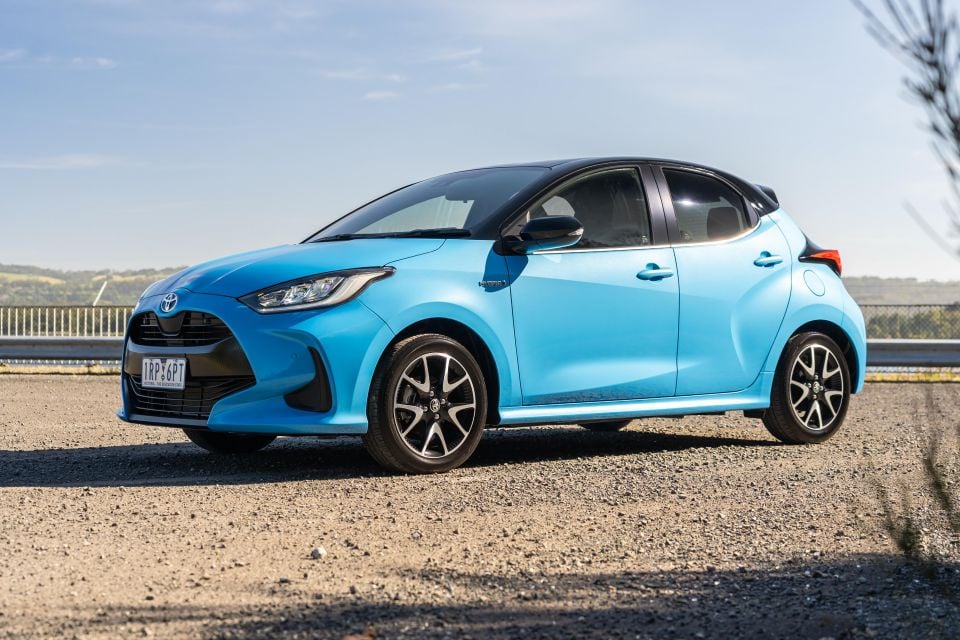
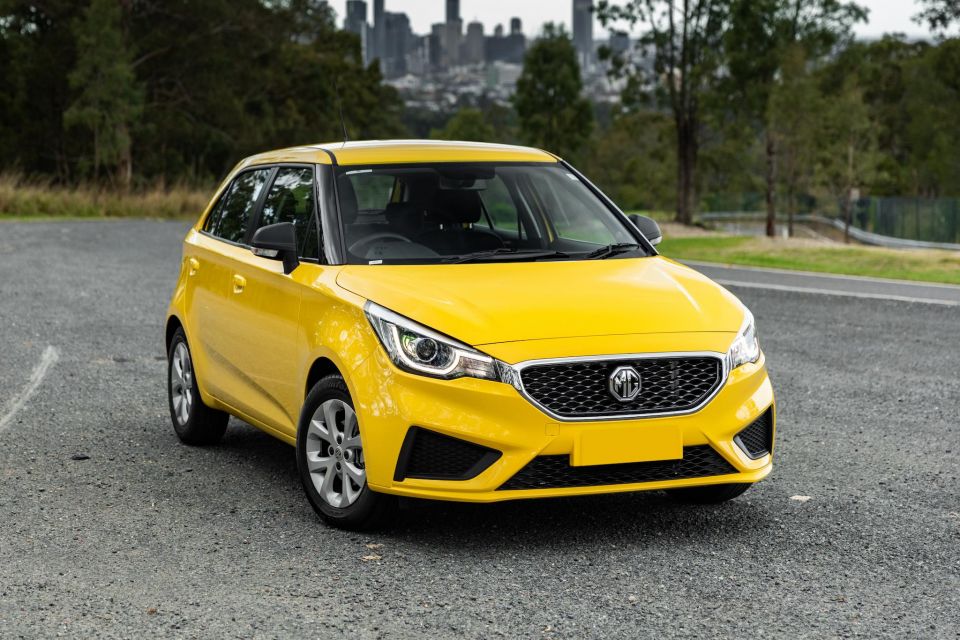
The light cars under $25,000 segment in VFACTS lost the stalwart Honda Jazz in 2021, while the Honda City, Hyundai Accent, Renault Clio and Toyota Prius C were no longer in showrooms at the beginning of the year.
Despite this, the segment grew 18.8 per cent to 43,098 sales and almost every vehicle increased its sales over 2020.
Only the supply-constrained Suzuki Swift (down 4.6 per cent, 4131 sales) and pricier new Toyota Yaris (down 10.6 per cent, 4495 sales) went backwards.
The MG 3 cemented itself at the top of the podium, with 13,774 sales and a 32.0 per cent share of the segment, giving MG yet another segment leader (the ZS leads the small SUV segment).
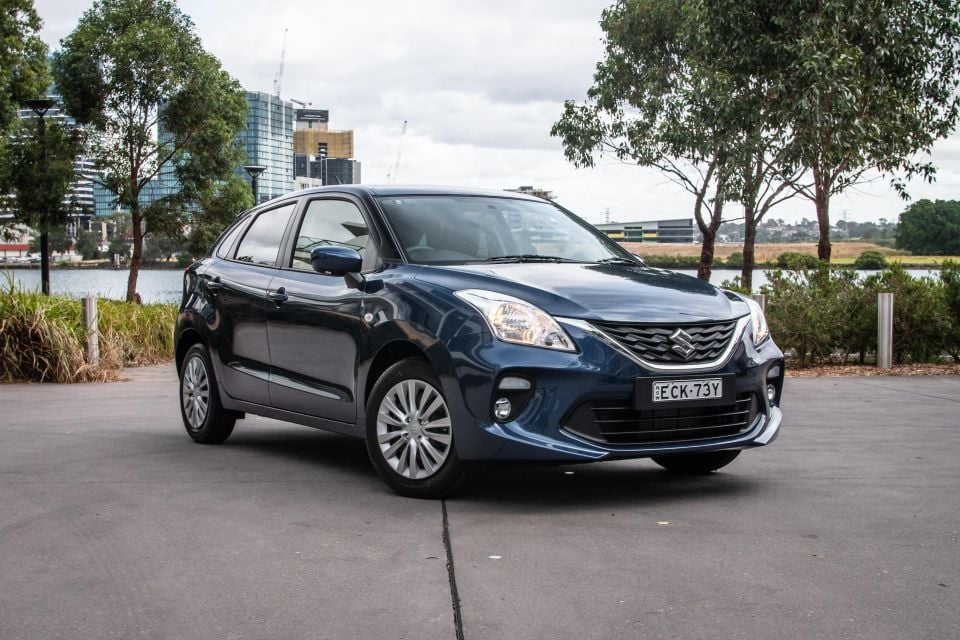

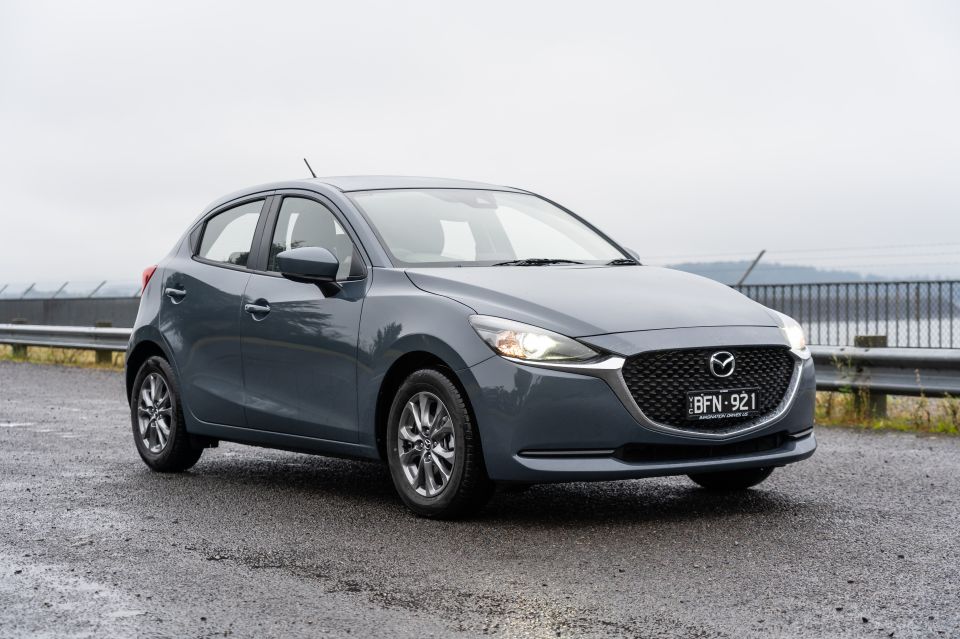
The Chinese hatchback was up 92.4 per cent, thanks largely to sharp pricing and MG’s relative lack of supply issues compared to other brands.
Scoring the silver was the Kia Rio, with 5644 sales and 13.1 per cent of the segment. It was up 14.0 per cent on its 2020 sales.
Bronze went to the Volkswagen Polo, up 42.3 per cent to 5125 sales, which was followed by the Yaris, the Mazda 2 (4183, up 10.4 per cent), the Swift, and the Suzuki Baleno (3896, up 17.1 per cent).
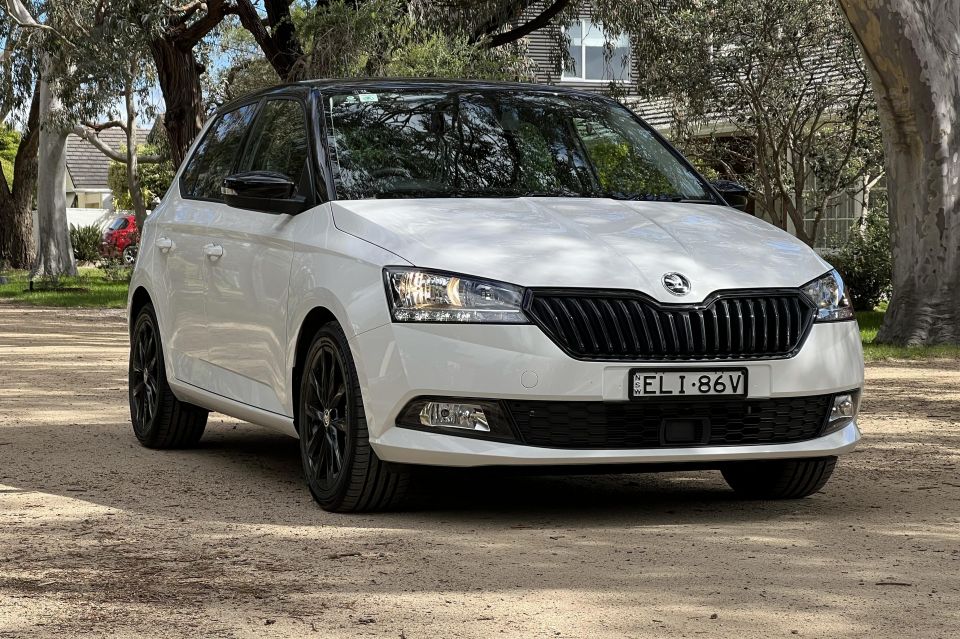
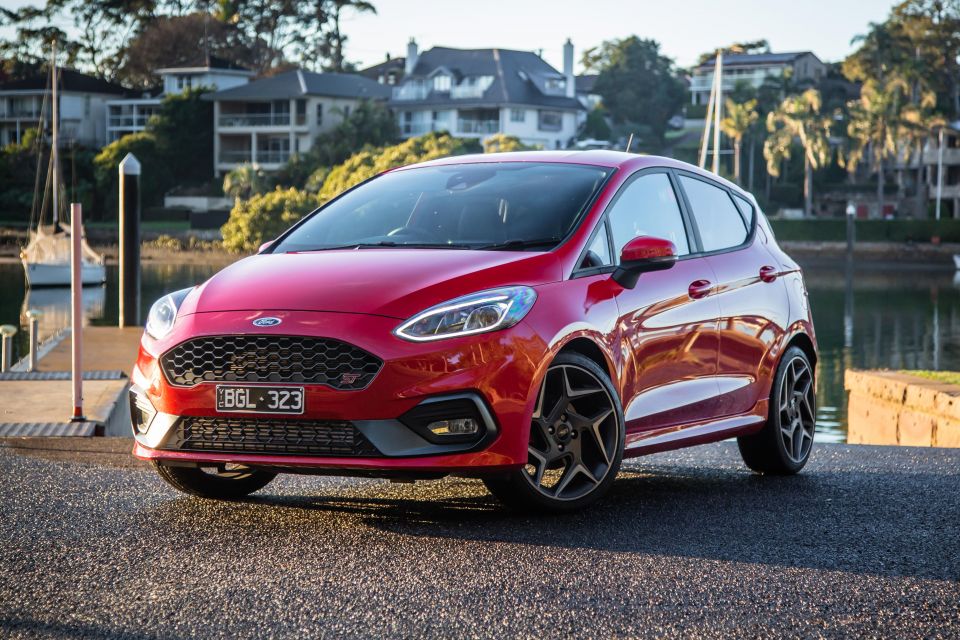
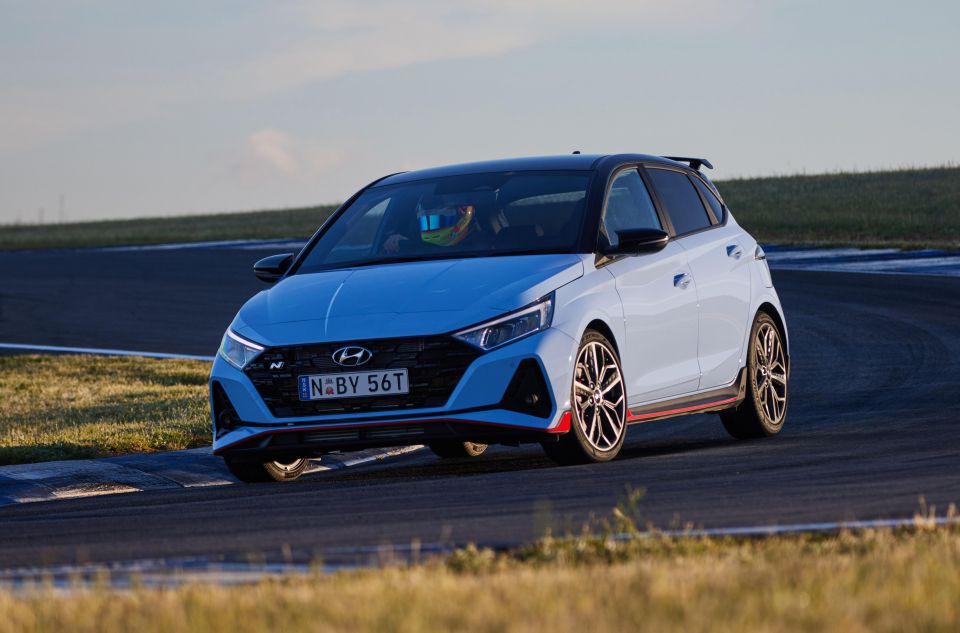
The segment was rounded out by the outgoing Skoda Fabia (813, up 1.0 per cent), the Ford Fiesta ST (342, up 44.9 per cent) and the recently introduced Hyundai i20 N (259).
Unusually, VFACTS still classifies the i20 and Fiesta as being part of the “under $25,000” segment, even though these nameplates are no longer offered with any variants under this price point.
Overall, the light car segment has shrunk considerably.
It’s contracted by 51.7 per cent in the past five years alone, even though it’s only down four model lines compared with 2016.
The loss of the popular Accent and the introduction of a more expensive Yaris have impacted sales numbers, though the loss of the Jazz, Holden Barina and non-ST versions of the Ford Fiesta has also been felt.
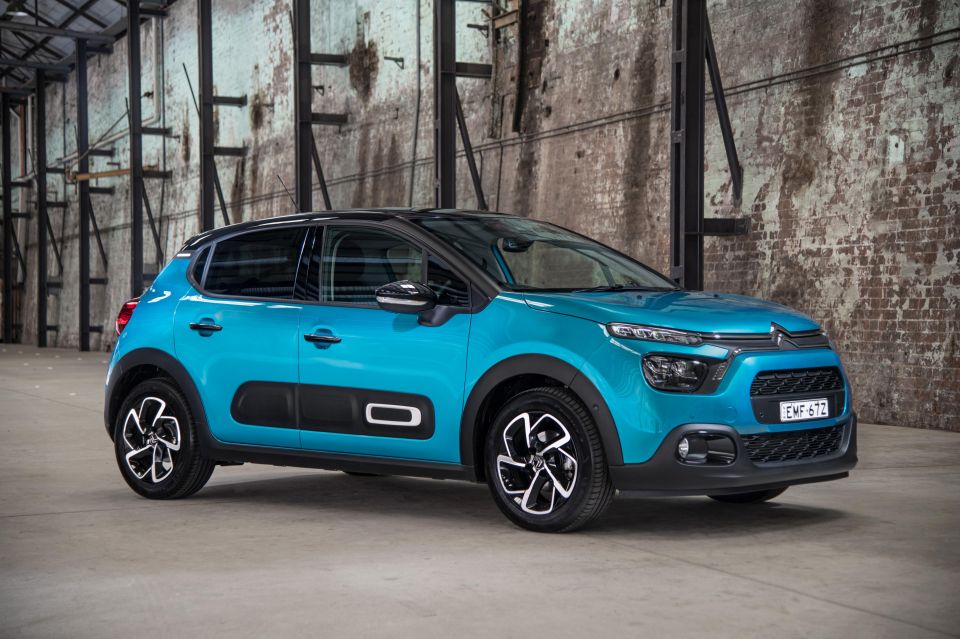
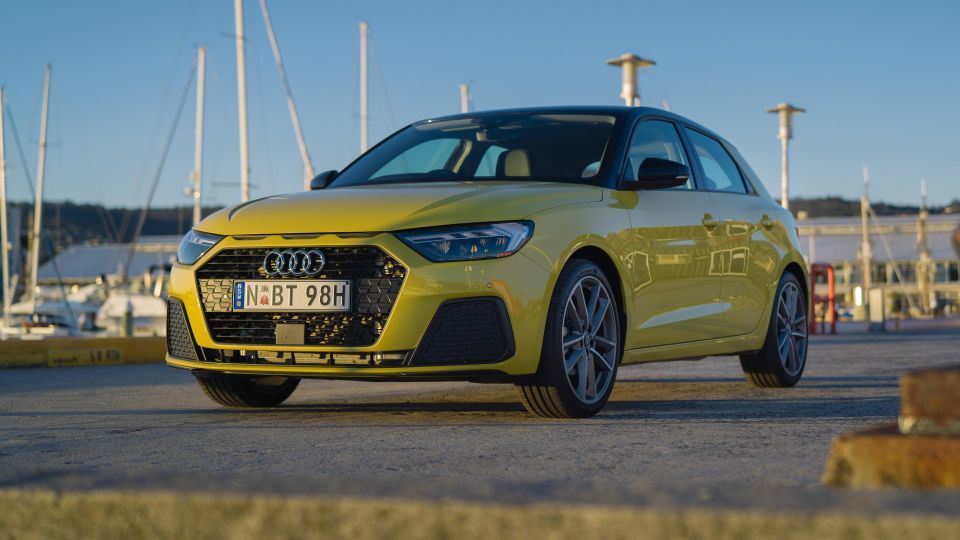
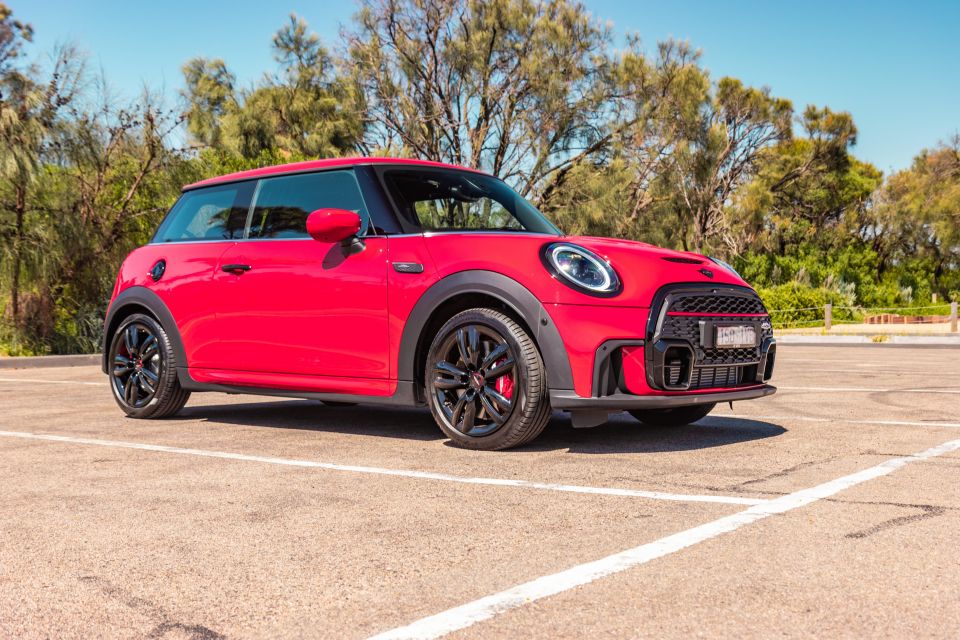
There was good news in 2021 for the much lower volume light cars over $25,000 segment in VFACTS, with overall sales up 17.5 per cent to 2634 units.
However, the segment has shrunk 53.81 per cent over the past five years and is down to just three vehicles.
The Mini hatchback range was up 15.7 per cent to 1866 sales, remaining at the top of the segment podium, while the silver and bronze went to the Audi A1 (680, up 34.9 per cent) and Citroen C3 (88, up 87.2 per cent).
In total, both light car segments were up 18.7 per cent.
The rest of the passenger car market was a sea of red in 2021.
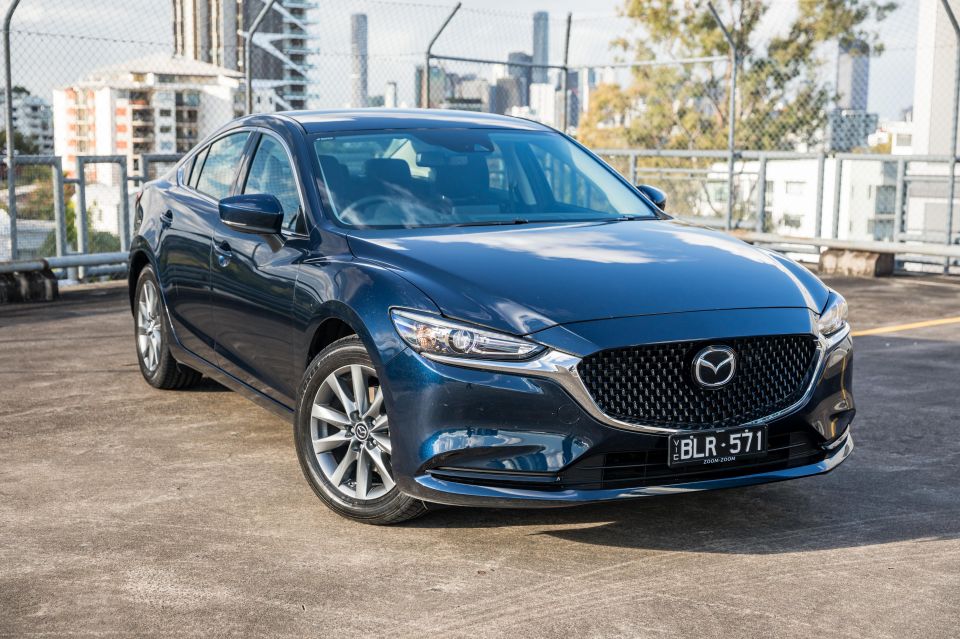
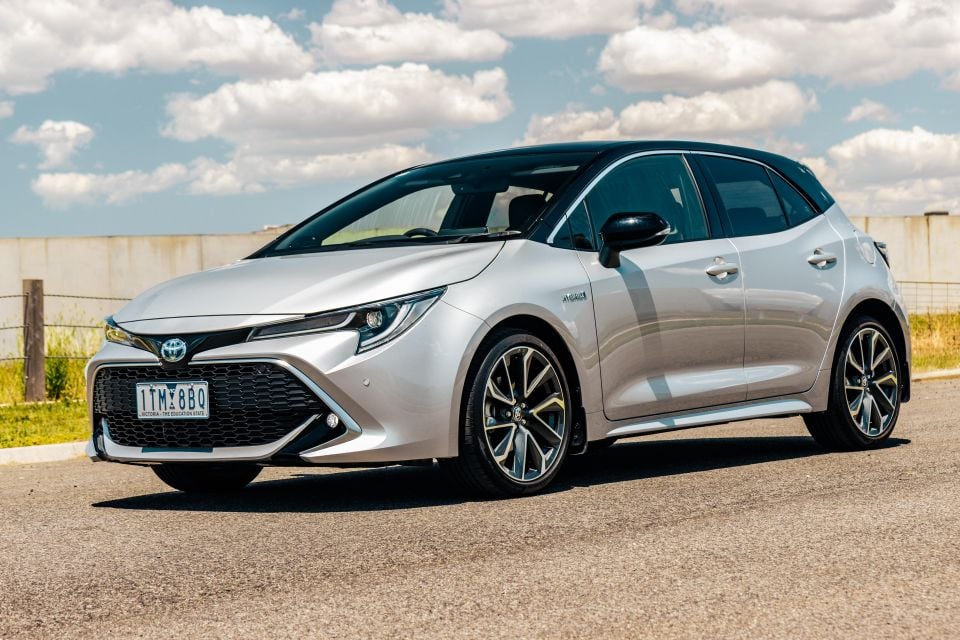
Small car sales were down 10.0 per cent overall, though the small under $40,000 segment was down a more modest 7.6 per cent; small over $40,000 was down a steeper 28.3 per cent.
Medium car sales were down 6.8 per cent overall, but it was the inverse of small cars: the mainstream (under $60,000) segment declined by 10.4 per cent, but the medium luxury segment was only down by 1.2 per cent.
You need to look at the SUV segments to see where the real growth was, and where previous buyers of small and mid-sized passenger cars have disappeared to.
The light SUV segment was up 79.8 per cent to 51,750 sales thanks to recent arrivals like the Toyota Yaris Cross and Volkswagen T-Cross.
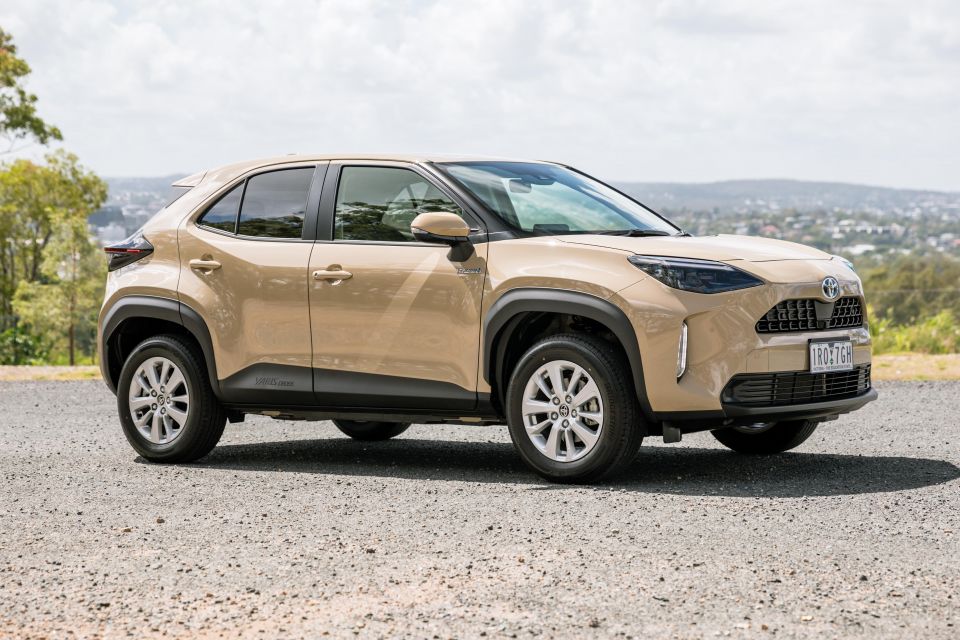
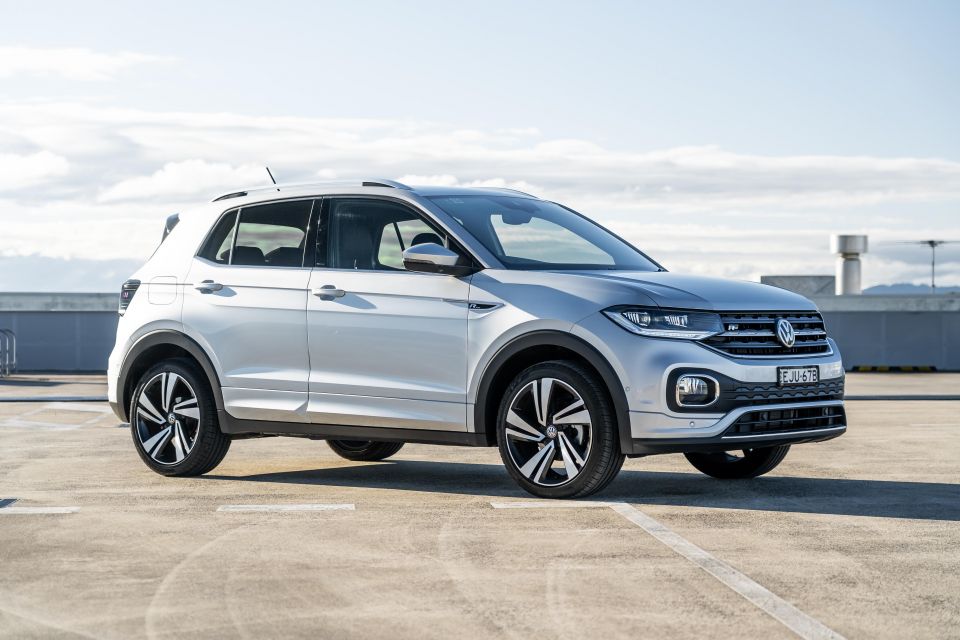
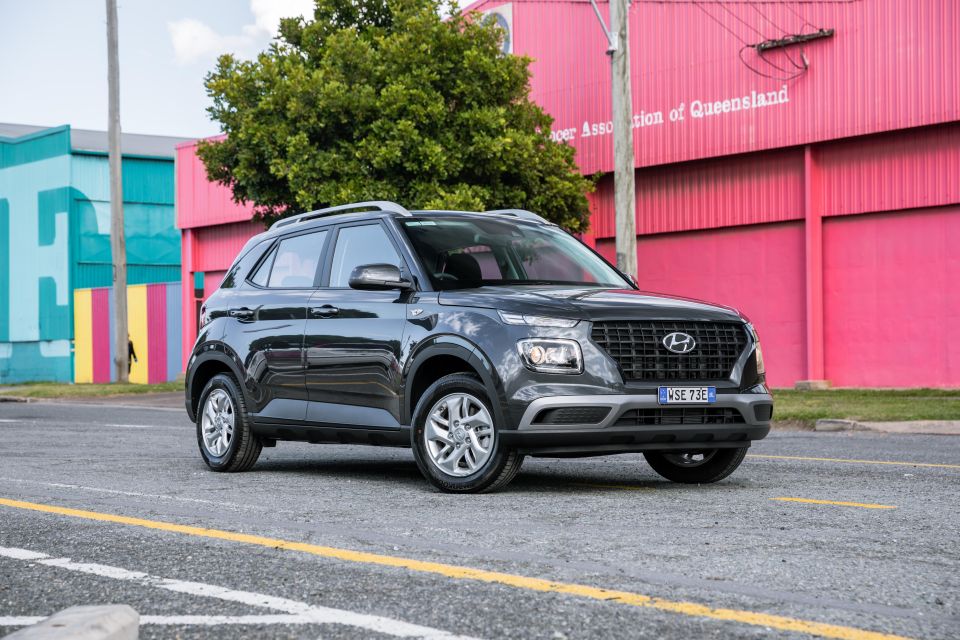
The Hyundai Venue had its best year yet with 5854 sales, but this is still well off the heights of the cheaper Accent it indirectly replaced.
The previous generation Accent left production in 2019, though Hyundai secured sufficient supply to cover it for the rest of that year and it had a final result of 9963 sales.
VFACTS’ small SUV under $40,000 segment was up 26.8 per cent compared with 2020, though it’s worth noting numerous models in this segment were reclassified as light SUVs that year.
Lump the light and small mainstream SUV segments together and the overall tally is up 42.5 per cent compared with 2019.
MORE: VFACTS: Australia’s 2021 new car sales detailed in full MORE: VFACTS: Top five winners and losers in 2021, by brand
William Stopford is an automotive journalist based in Brisbane, Australia. William is a Business/Journalism graduate from the Queensland University of Technology who loves to travel, briefly lived in the US, and has a particular interest in the American car industry.


Matt Campbell
5 Days Ago
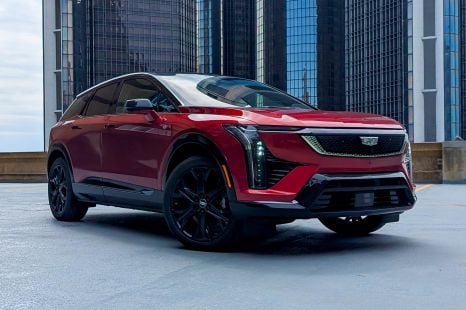

William Stopford
3 Days Ago
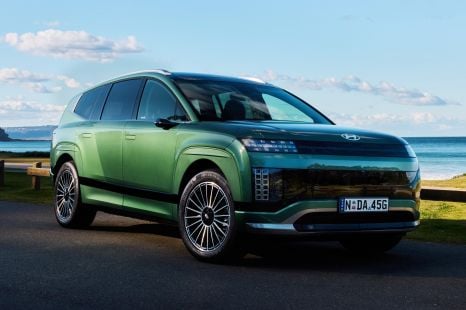

Josh Nevett
2 Days Ago
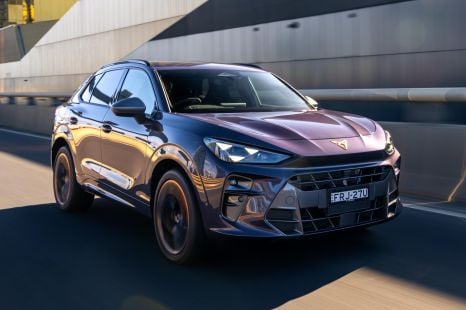

James Wong
2 Days Ago


Max Davies
2 Days Ago
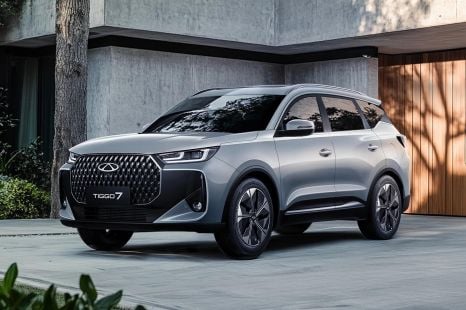

William Stopford
23 Hours Ago